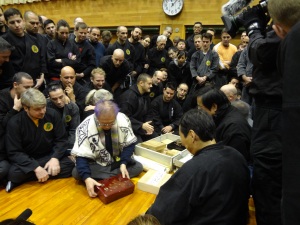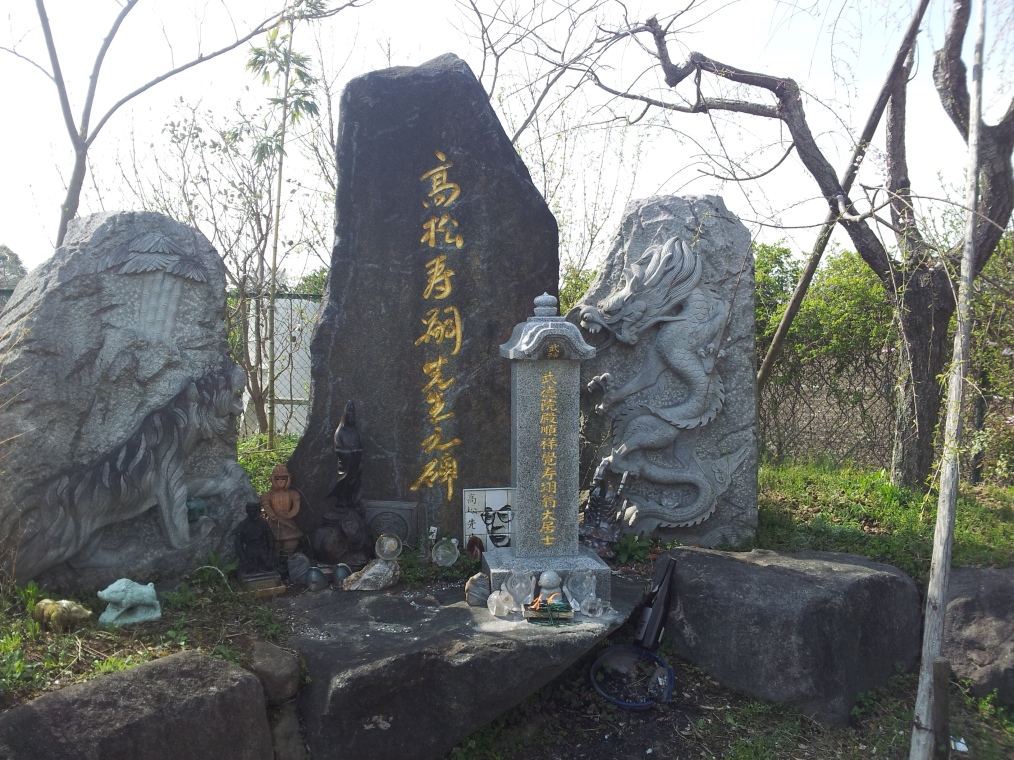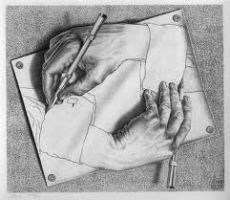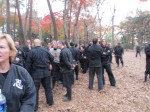From Shiro Kuma's Weblog by kumablog

Sensei displaying the densho at dkms 3
Even though a few days have passed since the last day of the daikomyô sai the memory of this last day is still vivid in my mind.
Densho: The morning session was replaced by the exposition of many densho from the old time, sensei displaying in front of us invaluable makimono, techniques, and heihô concepts of many ancient fighting systems from the feudal times of Japanese warfare. Some of these scrolls had been rebuilt and consolidated and were 3 to 4 centuries old.
While displaying these treasures sensei insisted a lot on the value of these old documents and he explained that our budô was not a simple martial art (like a sport martial art) but that we should see it as a transmission (densho) of old warfare. As he said, even if you don’t understand or cannot read them, the simple fact of breathing the same air is already impacting our abilities to the better.
The techniques described in these scrolls have survived actual combat and have been transmitted by the ones who used them in fight. Unlike writers such as Nitobe who emphasized the values of the warrior, these densho are the living proof of their inner truth. They are not the romantic vision of an hypothetical fight but the result of their true efficiency. If these techniques had not proved their value in actual combat nobody would have survived war and therefore would not have been able to write them down on paper.
Sensei also added even though they had been the result of true fighting experience, they have been written down during peace times so they were written from memory by old men that didn’t fight for a long time. This is why we have to respect these forms but adapt them to the modern world and to today’s conditions of fight in order to ensure our survival.
As I often point remind the students: “remember that the best fighting manual will never fight for you except if you hold firmly with your hands and hit the opponent with it!”.
Personal training (keiko – 稽古 ) is more efficient when backed up by the knowledge of history (keiko – 経緯 懲 i.e. learn chronology by experience ). The solutions of today are to be found through our knowledge of the past. We should not do those techniques of yore exactly as they are described in the densho but use them as optional parameters or insight to take into account when in a real combat.
Therefore keiko (稽古) is deriving from keiko (経緯 懲)
After the brain training of the morning, we moved to body training in the afternoon. Through the various techniques and movements demonstrated by the jûgodan, sensei explained that genjutsu, the magic of art (幻術) was god given where ningenjutsu (人間術), human technology (human technique) is only man made. Art comes from the heart but technique comes from the brain and therefore is limited and not of such a high value.
This is something sensei has been repeating during the last week in his classes. Knowledge is easy to get in this media age but art is coming from within our Self. From this I understood that we should develop the kanjin kaname (eyes and mind of god) more than any type of intelectual knowledge. Back to the densho he repeated that even though we had to respect these historical truths, it was today and with our own abilities that would have to survive. Jû taijutsu deals with being flexible physically but also to give us the ability to survive any dangerous situation through our adaptability (jun nô ryoku).
A few days ago sensei was speaking of tenmon, chimon and gakumon, where gakumon was knowledge. And we explained that we had access to two types of knowledge. This is here the second knowledge (read the post) that we have to nurture and not the first one that is only biomechanical. Too many practitioners collect techniques instead of living them and develop only their biomechanical skills. Truth has many aspects and you will have to find yours in order to approriate these techniques for yourself as you are the one fighting.
“your ignorance alone creates the universe.
In reality One alone exists.
There is no person or god other than you” Ashtavakra Gita (15.16)
You train for yourself and your interpretations are as good as any other, but this can become a trap if you are sure to be right. Remember that “for who is holding a hammer, everything looks like a nail”.
On the technical side we continued to develop the gan shi nankotsu trilogy and sensei developed a new aspect to it. He used his thumb (shito ken) as he would a katana. He said that cutting through the opponent flesh was important. This shito gatana (指頭 刀) or yubi gatana (指刀) (he used both terms) is adding to the feeling of danger felt by uke.
At the dkms party sensei announced the theme for 2012 being “katana” and I think that this yubi gatana was already a hint on how we will use the sword next year. The sword techniques (densho) of kukishin ryû, togakure ryû, shinden fudô ryû being known (keiko), it is now time for us to free ourselves from these forms and to put our adaptive taijutsu into motion through the use of the sword and the mutô dori. Mutô dori is the highest level of weapon fighting and the proof of true mastership.
So please study (keiko – 稽古) and review your sword kata from the past and train them thoroughly (keiko – 経緯 懲) in order to be fully prepared when Hatsumi sensei will be unveiling the shinken gata in a few weeks.
ps: On Sunday morning he confirmed the theme for 2012 as being “Ken” (all of them). He also precised that in 2013 we will be studying Yari and naginata. 
Be happy and enjoy the christmas and new year time!








…
 Yesterday I had the chance to get a quick lunch with sensei after the “memorial day”. In the past these opportunities were not rare but today I consider it a luxury to be able to speak with him directly with only the two of us.
Yesterday I had the chance to get a quick lunch with sensei after the “memorial day”. In the past these opportunities were not rare but today I consider it a luxury to be able to speak with him directly with only the two of us. 





